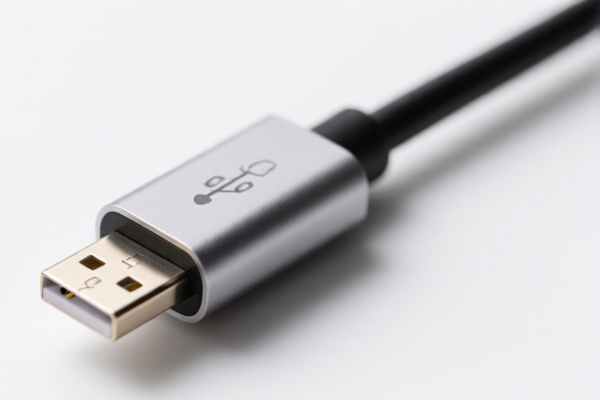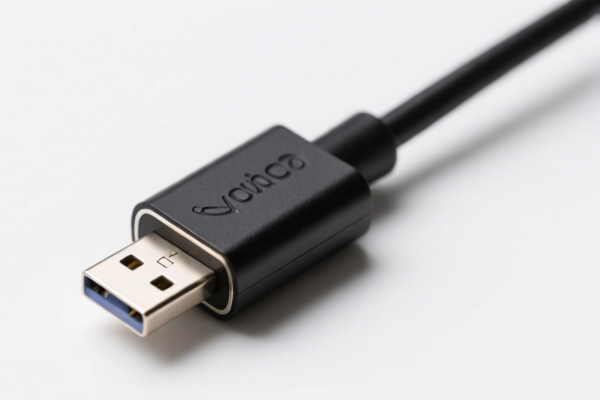| HS Code | Official Doc | Tariff Rate | Origin | Destination | Effective Date |
|---|---|---|---|---|---|
| 8544429010 | Doc | 57.6% | CN | US | 2025-05-12 |
| 8544422000 | Doc | 55.0% | CN | US | 2025-05-12 |
| 8548000000 | Doc | 55.0% | CN | US | 2025-05-12 |
| 3926905000 | Doc | 41.3% | CN | US | 2025-05-12 |




Adapter Cord
An adapter cord, also known as a power adapter cable or simply a power cord, is an electrical cable used to connect a device to a power source. It facilitates the transfer of electrical energy from the outlet to the device, enabling its operation.
Material
Adapter cords typically comprise several key materials:
- Conductors: Usually copper or aluminum wire, chosen for their conductivity. Copper is more common due to its superior conductivity, though aluminum is lighter and less expensive.
- Insulation: Polyvinyl chloride (PVC), thermoplastic elastomer (TPE), or similar materials insulate the conductors to prevent short circuits and electrical shock. TPE is often used for more flexible and durable cords.
- Outer Jacket: PVC is a common material for the outer jacket, providing abrasion resistance and protection. More robust jackets utilizing materials like neoprene may be found in heavy-duty applications.
- Connectors: Made of plastic (often nylon or polycarbonate) and metal (typically brass or nickel-plated brass), connectors establish the electrical connection with the device and the outlet.
Purpose
The primary purpose of an adapter cord is to provide a safe and reliable electrical connection. They are essential for devices that do not have a power supply built-in or require a different plug type than the available outlet. They also serve to extend the reach of a power source.
Function
Adapter cords function by transmitting alternating current (AC) power from the power outlet to the device. Some adapter cords include a transformer to convert AC voltage to a different voltage (e.g., from 120V to 5V for USB charging). Others simply connect the device to the outlet without voltage conversion.
Usage Scenarios
- Connecting laptops, smartphones, and tablets to wall outlets for charging.
- Powering small appliances like lamps, clocks, and radios.
- Connecting devices to power sources in different countries (travel adapters).
- Replacing damaged or lost power cords.
- Extending the reach of a power supply.
Common Types
Adapter cords are categorized by several factors, including:
- Plug Type: Varied based on regional standards (e.g., Type A/B - North America, Type C - Europe, Type G - UK).
- Connector Type: Includes barrel connectors (used for many small devices), USB connectors (USB-A, USB-C, Micro-USB), figure-8 connectors, and others.
- Number of Prongs: Two-prong or three-prong cords, with three-prong cords providing grounding for safety.
- Gauge (AWG): Refers to the wire thickness. Lower AWG numbers indicate thicker wires capable of handling higher currents. Common gauges include 18 AWG, 16 AWG, and 14 AWG.
- Polarity: Some cords are polarized, meaning the plug can only be inserted in one direction.
- Voltage and Current Rating: Indicates the maximum voltage and current the cord can safely handle.
- Travel Adapters: Designed to convert plug types for use in different countries.
- Power Strips/Extension Cords: Contain multiple outlets and can provide surge protection.
Adapter cords fall under the category of insulated electric conductors, potentially fitted with connectors. Based on the provided information, the following HS codes may be relevant:
- 8544429010: This HS code covers insulated wire, cable (including coaxial cable), and other insulated electric conductors, for a voltage not exceeding 1,000 V, fitted with connectors, specifically other extension cords as defined in statistical note 6 to this chapter. The total tax rate is 57.6% (base tariff 2.6% + additional tariff 25.0%, increasing to 30.0% after April 2, 2025).
- 8544422000: This HS code also covers insulated wire, cable, and other insulated electric conductors for a voltage not exceeding 1,000 V, fitted with connectors, but is specifically for those of a kind used for telecommunications. The total tax rate is 55.0% (base tariff 0.0% + additional tariff 25.0%, increasing to 30.0% after April 2, 2025).
It is important to determine whether the adapter cord is defined as an extension cord (statistical note 6) or is specifically used for telecommunications to correctly classify it under 8544429010 or 8544422000, respectively. If neither of these apply, further investigation may be needed.
Customer Reviews
No reviews yet.